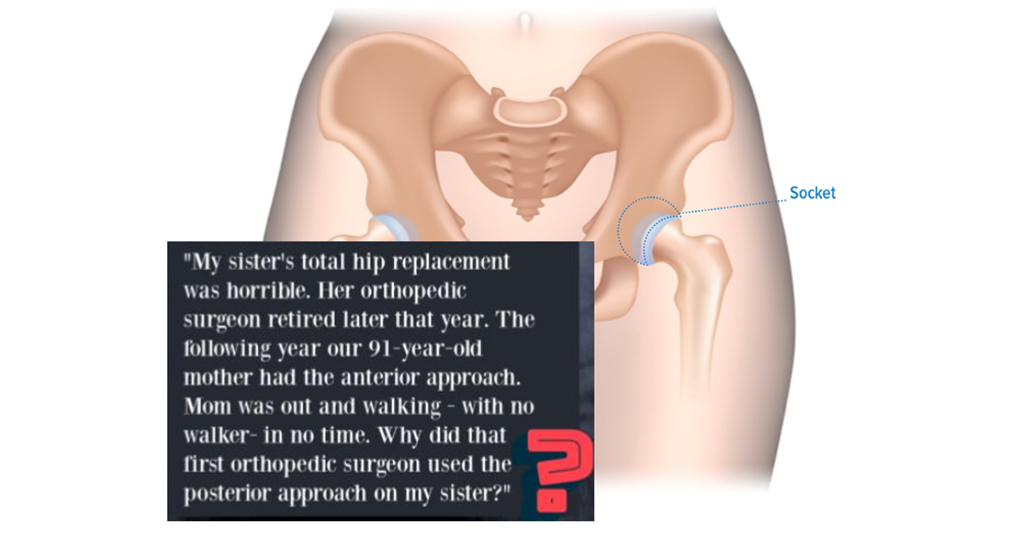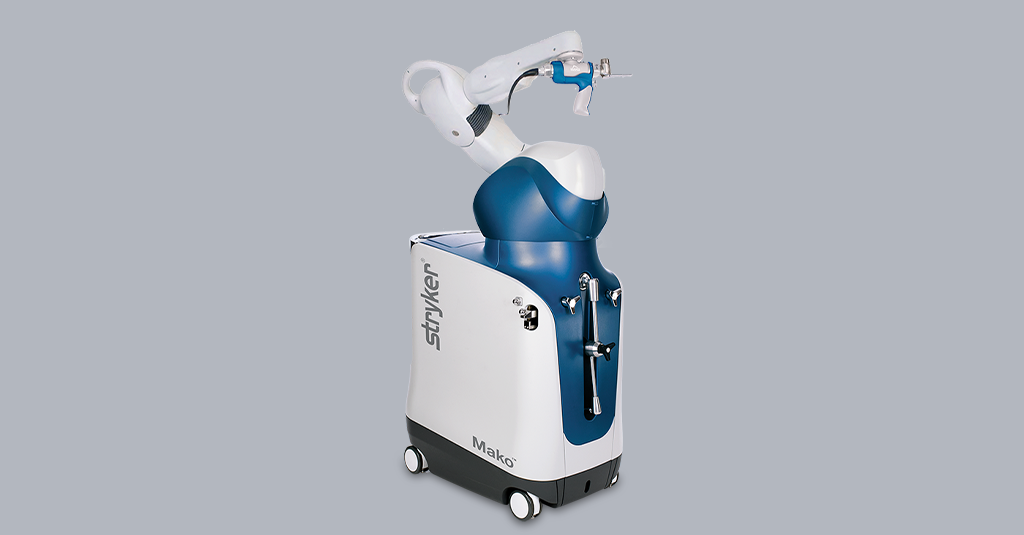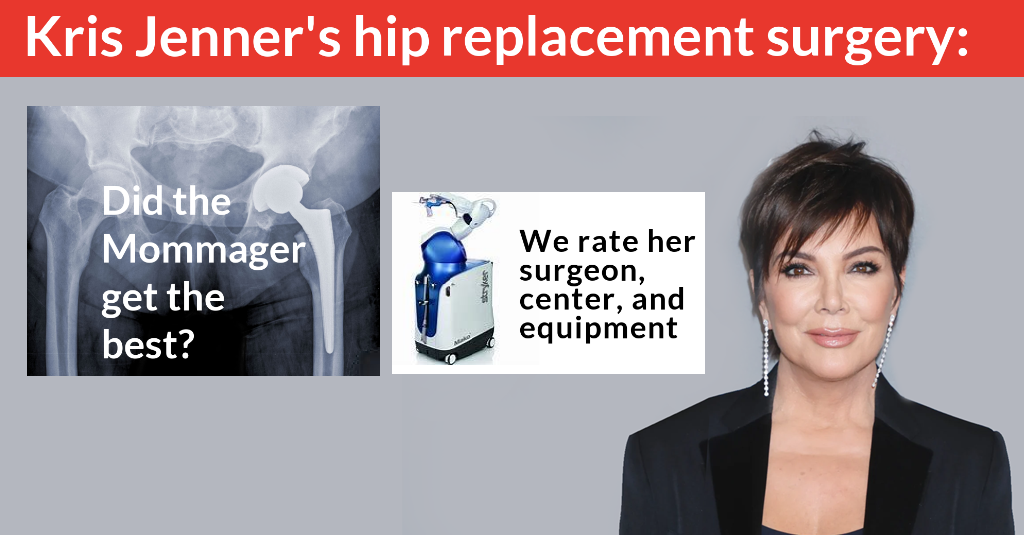Hip replacement surgery: from pickleball to hip pain and back!
Wesley Richards is an avid pickleball player, but a few years ago, his hip pain was getting in the way of his game. Wesley knew a lot about hip pain: he had his first hip replacement nine years earlier. After a misdiagnosis, multiple consultations, and some hesitation on his part, Wesley eventually found the care [...]
read more








 Subscribe!
Subscribe!




